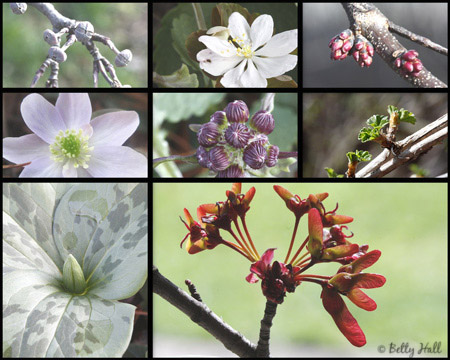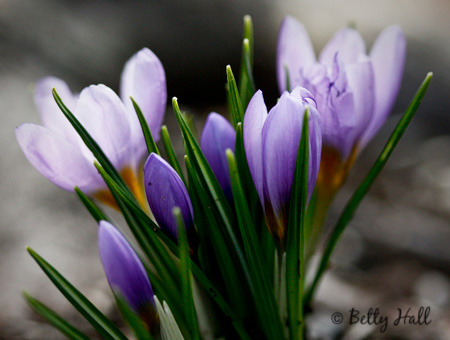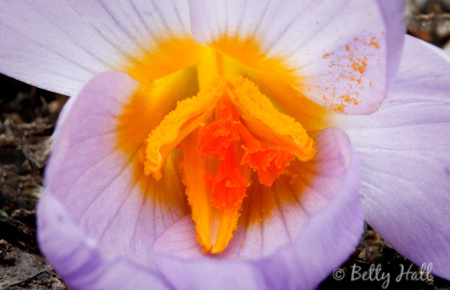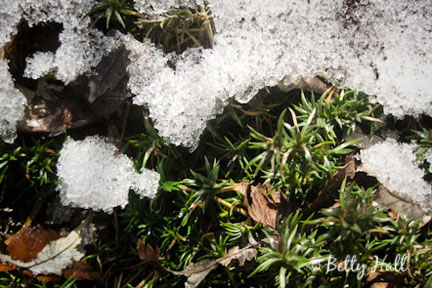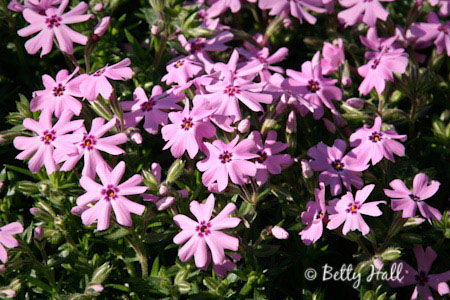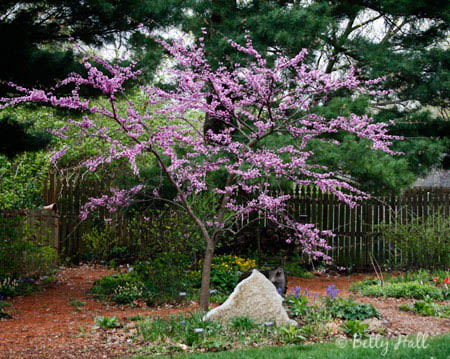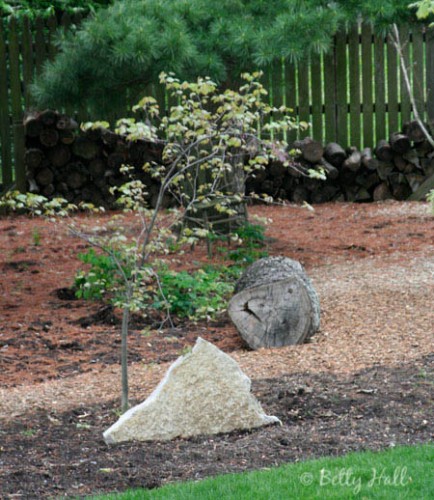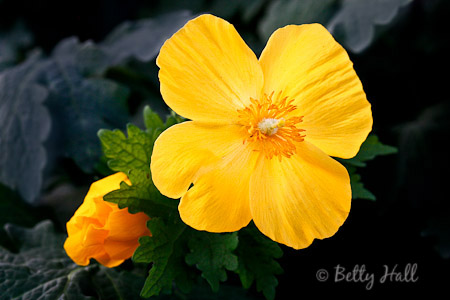I’m seeing several signs of spring in the backyard. Most of them are small with varying shapes and colors.
Here are a few of the sights I found recently.
From the top, left to right: Dogwood buds beginning to open (Cornus florida), Rue Anemone blossom (Anemonella thalictroides), buds of Redbud tree (Cercis canadensis), Hepatica blossom (Hepatica acutiloba), Ragwort buds (Senecio), tiny Gooseberry leaves (Ribes missouriense), Sessile Trillium bud (Trillium sessile), and Red Maple seeds (Acer rubrum).
I’m looking forward to seeing my first butterfly of the season, and I’ve had one report of a swallowtail in the Red River Gorge. So far, the only insects I’ve seen were small flies and honey bees.
I look forward to watching new developments, and I’d be glad to hear what signs of spring you are seeing.

